The content of the article
Diseases of berry bushes primarily affect the leaves. They begin to change color, dry up and curl at the tips, thin out. These are the first signs that something is wrong with the bush. If you do not take action promptly, you can simply not wait for the harvest, since the weakened plant will not bear fruit.
Causes of leaf redness
Before you sound the alarm and run to the store for drugs, you need to find out the reason for the color change. If the leaves began to turn red at the end of the season, then there is no reason for alarm. This is a normal process of aging and dying off. The leaf lives on average 70-90 days. After this, the bush begins to change its leaf mass, young new leaves come out from the middle, which will go under the snow and protect the root system in cold weather. It is not necessary to treat the bush from natural causes, but if such a phenomenon is observed in the middle of summer, especially during the flowering period, this is already a pathology.
Lack of substances in the soil
Carefully considering the shade of the leaf, we can make assumptions about the composition of the soil:
- solid red - increased acidity of the soil;
- red petiole - lack of nitrogen;
- shades of violet - phosphorus deficiency;
- brown, drying edges of reddened leaves are a signal of a lack of potassium.
There is almost no clear indication of a specific cause; combined symptoms are more common.
What to do
In order to preserve the bushes and maintain their strength, top dressing is required. Ammonium nitrate scattered along the aisles of ashes, combined fertilizers on a nitrogen basis make up for the lack of nitrogen.
Before transplanting strawberries to a new place, sowing of siderates, for example, mustard, peas, millet, colza, will be a good help. The crop is sown in early July, in mid-August, the bed is dug up together with seedlings, enriching and disinfecting the soil. After that, you can plant strawberry bushes and expect healthy bushes and an abundant harvest of large berries next year.
The action of green manure is based on bringing the soil into a balanced state by selective action. In addition, the earth becomes light, breathable, enriched with organic substances, micro and macro elements. Sowing after harvesting is especially useful while there is time before frost.
Please note: seeding siderates reduces the number of weeds in the area.
For planting use legumes, cruciferous, cereal, buckwheat, amaranth, hydrophilic.
Fungal infections
They are the cause of the development of brown and white spotting, verticillin wilt. In all cases, the first signs are spots on the leaves, at first solitary, but gradually covering the entire surface, up to the petiole. This is a threat to the whole plant and its close neighbors, since the fungus is very resistant to external conditions and quickly moves to healthy bushes.
Methods of struggle
First of all, dried, diseased leaves are removed and burned. You can’t leave them in a heap. The fungus will successfully winter on them and the next year will continue its destructive activity. Sometimes it is necessary to destroy the diseased bushes completely, the infection descends to the root system and turns it almost into dust.To treat the disease, strawberries are sprayed with Topaz or Bordeaux mixture.
Important: fungal diseases are very difficult to cure, they cling to the slightest opportunity to return to the bush again. To secure plantings next year, you should:
- Carefully inspect the bushes intended for transplantation, and at the slightest suspicion to destroy without regret.
- The whiskers are trimmed completely and burned along with the affected leaves.
- Planting material is not selected from the bed with diseased plants.
- After picking berries, the entire plantation for prevention is twice treated with 3% copper sulphate or Bordeaux mixture with a break of a month.
Types of fertilizers for strawberries
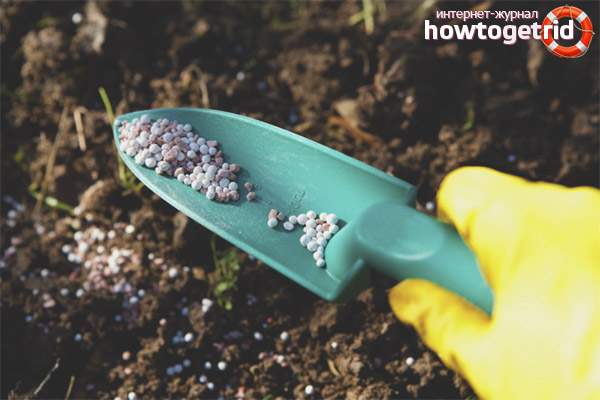
A good crop can be grown only on strong healthy bushes. It is much easier to carry out preventive feeding and processing than completely destroying the affected bed and re-growing the strawberry plantation. For normal growth and assimilation of nutrients, a strong root system must be formed. Its growth and development provides a complex of fertilizers, which includes:
- organic
- mineral;
- complex;
- WMD;
- micronutrient fertilizers.
- Each species in due time is necessary for the plant.
Minerals are divided into:
- Nitrogen - calcium and ammonium nitrate, ammonia, carbamide, ammonium sulfate.
- Potash - potassium sulfate, potassium nitrate.
- Phosphoric - superphosphate, potassium monophosphate.
Complex fertilizers are prepared according to the 3-in-1 principle, diluted in the ratio of 1 teaspoon per 10 liters of water, the flow rate of the solution is 0.5 liters. per plant.
Microfertilizers help the absorption of the necessary elements:
- iron;
- magnesium;
- copper;
- boron;
- zinc.
Beds with strawberries will always please the harvest, if you take care of them in time. To guarantee a good crop, you need to carefully select material for new plantings, carry out top dressing and preventive spraying, regularly add ash to the aisles, water only under the root of the bush.
An inspection of the leaves will help to warn of the onset of the disease once every 2 weeks, special attention is paid to the uniformity and saturation of the color of the leaves, the absence of dark small spots, and good tonus of the leaf. Attention should be paid to observing a timely change in accordance with the natural rhythm, removing the extra mustache and rooting new outlets intended for planting in August. Simple and effective measures will preserve the health of plantings, and observations will tell you whether the leaves turned red due to a normal change in life cycle or signal that help is needed.
Video: what to do if strawberries turn red leaves

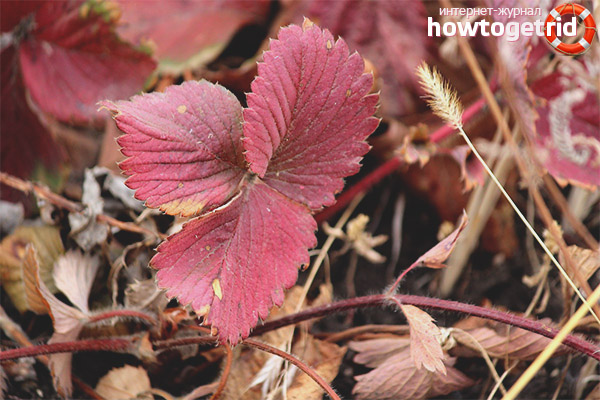
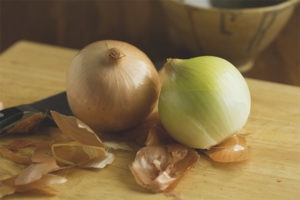
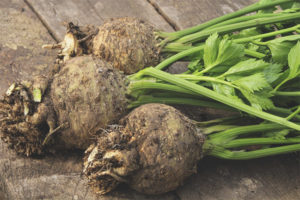
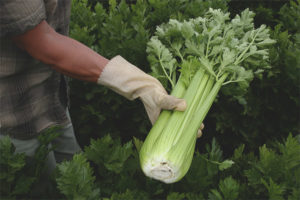
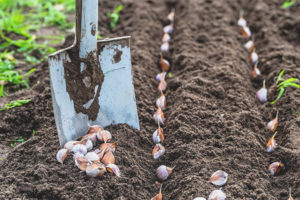
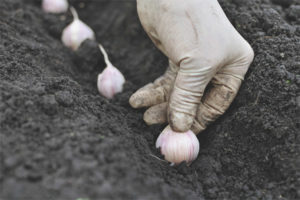
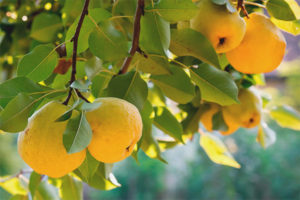
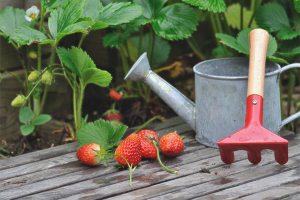
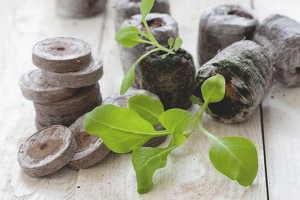
Submit